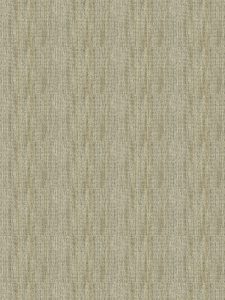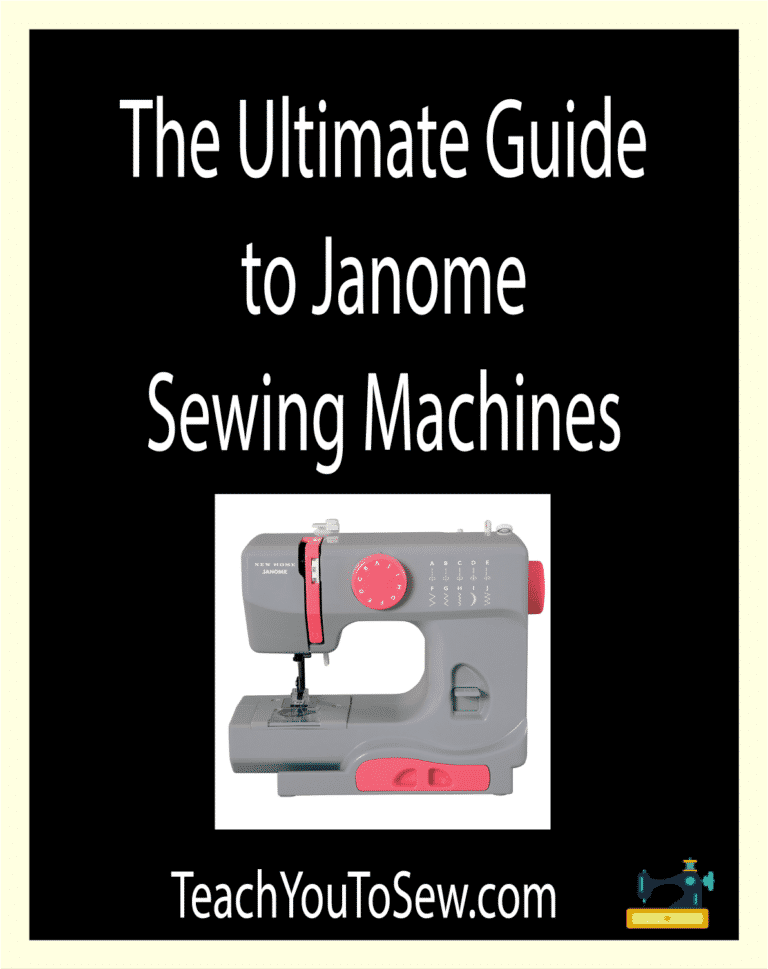Alepine Fabric: History, Properties, Uses, Care, Where to Buy

Designers are always looking for a way to advance in the discipline of fashion and elegant clothing. This triggers experimentations to invent a new, better-suited fabric, or a new stitching technique or an embroidery design.
Alepine Fabric is a result of one of these experiments. You may find it interesting how this fabric can be made from two different blends of fabrics; silk and wool or cotton and mohair. Imagine how versatile and useful this fabric would be as it includes the properties of all significant fabrics in the textile market.
This cloth has been vastly famous all over the world for being an amalgamation of the best features of the most resourceful fabrics.
Table of Contents
KEY TAKEAWAYS
- Alepine Fabric is a versatile fabric made by blending different fabrics such as silk and wool or cotton and mohair, combining the best properties of each fabric.
- It has distinct properties including durability, easy patterning, resistance to insect attack, lustrous appearance, softness, comfort, and ease of stitching.
- Alepine Fabric has various uses in apparel and furnishing, and it is recommended to care for it by washing with mild detergents and soap and hanging it to dry.
History of Alepine Fabric
There is no definite date in the timeline that highlights the invention of this fabric. But it is assumed that people began blending different fabrics in the earlier centuries to invent an advanced Fabric. A successful mix of fabrics was termed as Alepine fabric in the early 20th Century.
Properties of Alepine Fabric
As this versatile fabric is a blend of other Fabrics, it has many distinct properties that are unmatched, and that makes this fabric unique. Let’s review some of these characteristics, so you can assess how incredible this blend of Fabrics is:
Elasticity:
This fabric recovers quickly from deformation and can be easily stretched. This is a salient quality of both cotton and wool and can be seen in their blends too. It reduces the likelihood of tears under tension and allows your body to move around comfortably.
Durable:
This fabric has strong and sturdy fibers that have high tensile strength. You wouldn’t have to worry about this fabric ripping apart. Who doesn’t love clothes that could last forever?
Can be Patterned:
This fabric can be easily dyed, and it will resist fading. You can do intricate embroidery on it, use it for knitting and stitching purposes, and this fabric will give you remarkable results.
Resistant to insect attack:
This fabric doesn’t store moisture and dries fast. This is good news for you because if you own any garment of made from this fabric, the anxiety of your clothes being rotten away won’t hover over you.
Lustrous and Luxurious:
The natural shine and grace that exudes from silk and mohair fabric can be seen in this fabric. It looks delicate and elegant because of the luxurious appearance of the basic fabrics used.
Soft and Comfortable:
The fabrics blended to make Alepine Fabric are soft and breathable. They let the flow of air in and out of the fabric, so your body doesn’t feel trapped or suffocated. This may be the most adored property of this fabric.
Easy to stitch:
If you want to learn stitching, knitting, or even weaving, this fabric will be on the top of our recommendation list for the fabrics to be used. This fabric allows you to stitch easily, especially if you are an amateur, you will need such an easy to use fabric.
Uses of Alepine Fabric
Apparels and Furnishing:
This fabric is ideal for making clothes, athletic suits, sportswear, hosiery, undergarments, and even fancy dresses. This is a versatile fabric that has many applications. It is used to make homewares like curtains, rugs, and covers.
Caring for Alepine Fabric
This fabric is durable and robust. You don’t need to do much to take care of it. Make sure you walk it regularly, with mild detergents and soap. We would advise that you hang dry t and keep it away from direct heat.
Where to buy Alepine Fabric
We recommend buying Alepine Fibers fabric at https://amzn.to/4b6kxLB.
Sources:
Textile Learner
Textile Learner
Textile Learner
Textile Learner







